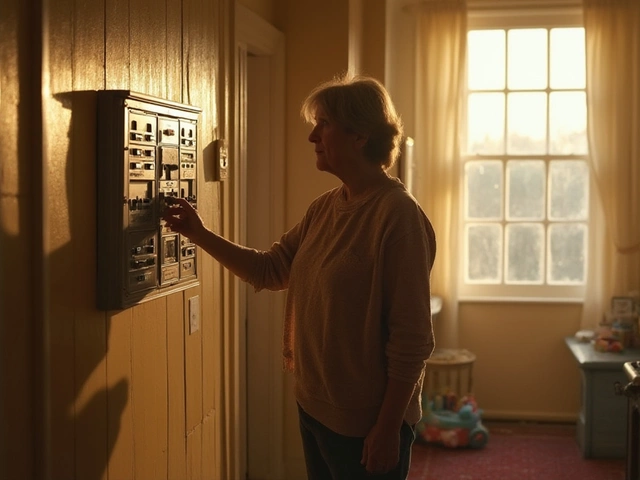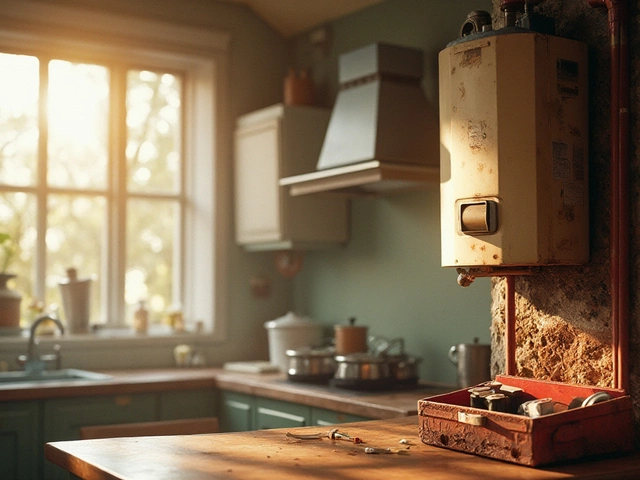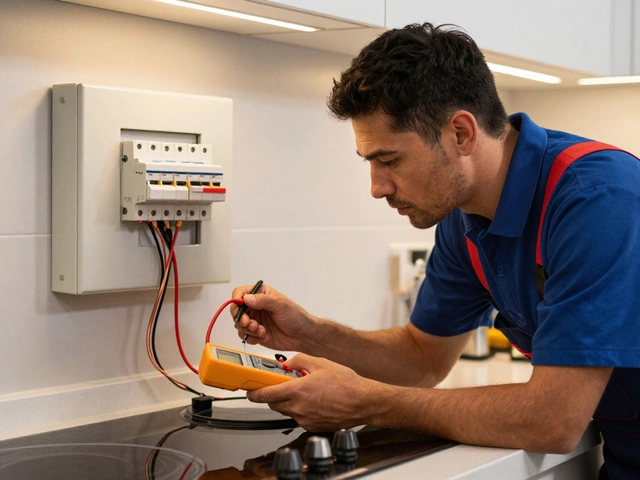Should You Turn Off the Breaker When Resetting Your Water Heater?
July 30 2025Cost of Repairs – What to Expect and How to Save
When an appliance breaks down, the first question is always the same: how much will it cost to fix? Knowing the answer helps you avoid nasty surprises and decide if a repair is worth it. In this guide we’ll break down the biggest factors that shape repair prices, give you ball‑park figures for the most common home appliances, and show you a quick way to decide whether to repair or replace.
Key Factors That Influence Repair Prices
Everything from the age of the unit to the type of problem can swing the bill up or down. Here are the top three drivers:
- Age and warranty status: A brand‑new appliance under warranty may be free to fix, while a 10‑year‑old unit often needs more pricey parts.
- Part availability: Popular models have parts on the shelf, so labor is the main cost. Rare or discontinued items can add a premium for sourcing.
- Complexity of the fault: A simple thermostat swap is cheap, but a cracked heat exchanger or a blown compressor demands hours of labour and specialized tools.
Don’t forget any call‑out or travel fees – many engineers charge a fixed amount just to get to your home. Ask up front so you can add that to your total.
Typical Price Ranges for Popular Home Appliances
Below are the average costs you’ll see across Bedford and the surrounding area. All figures are estimates; actual quotes can vary.
- Boiler repair: £80‑£200 for minor faults like a faulty pump; £300‑£600 for major work such as a heat exchanger replacement.
- Oven heating element: £50‑£150 for part and labour; full oven rebuild can rise above £400.
- Dishwasher: Simple pump or seal replacement £70‑£180; major motor or electronic board issues £250‑£500.
- Fridge: Door seal or thermostat fix £80‑£150; compressor swap typically £400‑£800.
- Heat pump: Fan or thermostat repair £100‑£250; compressor or refrigerant work £500‑£1,200.
These numbers give you a baseline. If a quote exceeds the high end of a range, it’s worth asking whether the unit is near the end of its useful life.
Now that you see the price picture, here’s a quick decision‑making cheat sheet:
- If the repair cost is less than 30‑40 % of a brand‑new replacement, repair is usually the smarter move.
- If the appliance is older than 8‑10 years and the fix hits that 30‑40 % threshold, start budgeting for a replacement.
- Consider energy efficiency – a newer model may save more on bills than you spend on a repair.
Ask your engineer for a written estimate that separates parts, labour, and any extra fees. A clear breakdown lets you compare quotes and avoid hidden surprises.
Bottom line: Understanding what drives repair costs and knowing typical price ranges puts you in control. Use this knowledge to get fair quotes, decide when it’s time for a new appliance, and keep your home running smoothly without breaking the bank.
 21 Mar
21 Mar
Is It Worth Fixing Your 15-Year-Old Stove?
Deciding whether to fix a 15-year-old stove can be tricky. This article explores the factors you need to weigh, from cost-effectiveness to environmental impacts. Learn practical tips on diagnosing stove issues and estimating repair costs. Discover when it's wise to repair or replace your appliance. Make smart choices about maintaining your kitchen gear.
Read More...



